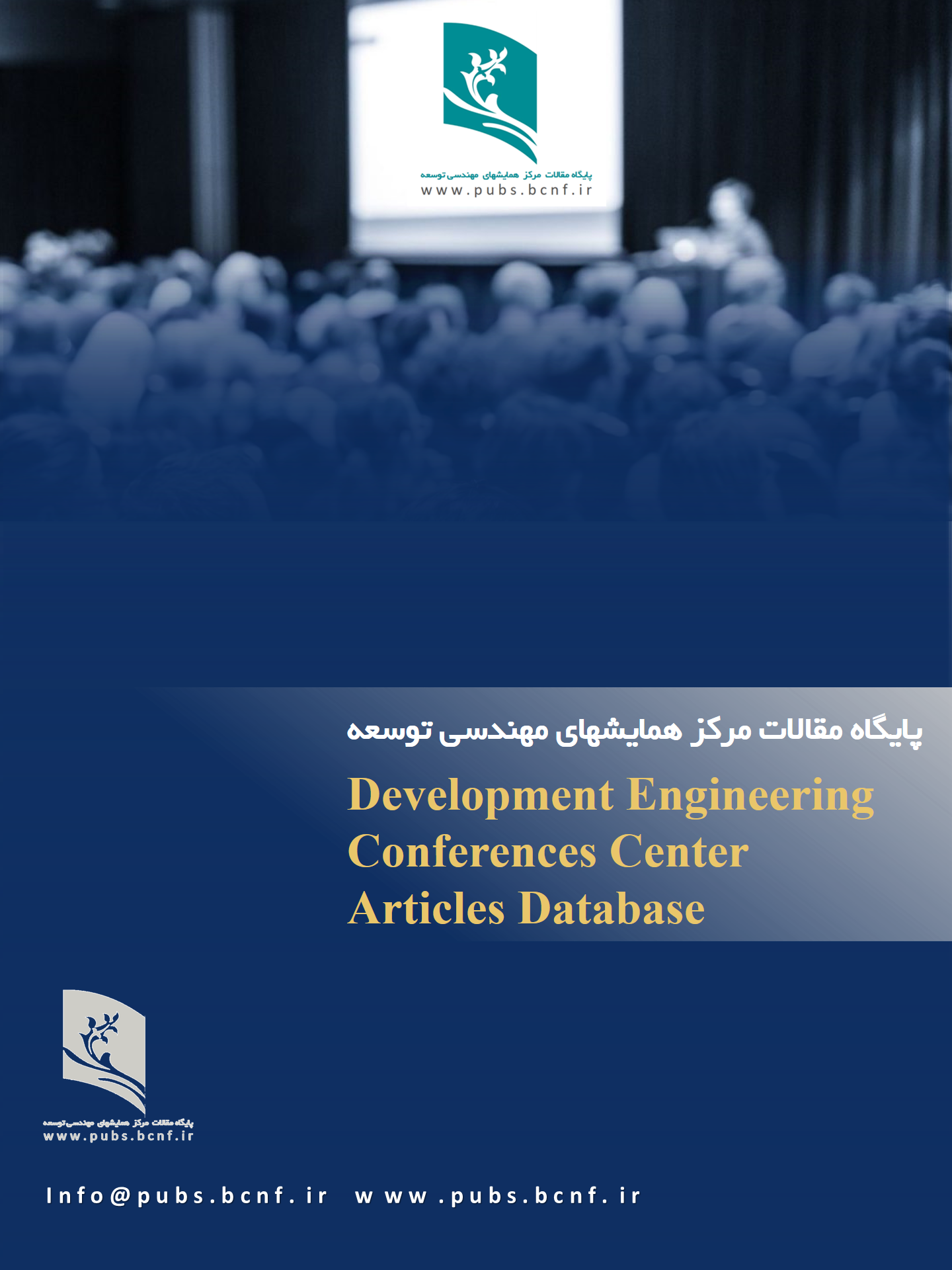Emerging Therapeutic Approaches for the Disruption and Control of Pseudomonas Biofilms: Mechanisms and Applications
Keywords:
Pseudomonas, biofilm disruption, therapeutic approaches, nanomaterials, gene editing, medical applications, industrial applicationsAbstract
Pseudomonas biofilms present significant challenges in both medical and industrial settings, contributing to persistent infections and equipment degradation. Emerging therapeutic approaches for disrupting and controlling Pseudomonas biofilms are critical for addressing these issues. This review examines the latest advancements in biofilm disruption strategies, focusing on novel pharmacological agents, nanomaterials, and gene-editing techniques. The mechanisms underlying biofilm formation and resistance to conventional treatments are explored, alongside cutting-edge methods aimed at overcoming these challenges. Additionally, the clinical and industrial applications of these therapies are discussed, highlighting their potential to improve treatment outcomes and reduce biofilm-related damage. The findings suggest that a combination of targeted therapies, along with a better understanding of biofilm dynamics, can lead to more effective management of Pseudomonas-associated infections and biofilm formation in various environments.
Downloads
References
1. Zhang, L., & Miller, R. (2020). Pharmacological Agents for Disrupting Pseudomonas Biofilms: A Review of Mechanisms and Applications. Journal of Antimicrobial Chemotherapy, 75(3), 605-618. Link to download
2. Smith, J., Johnson, K., & Williams, A. (2021). Nanomaterial-based Strategies for Biofilm Disruption: A Comprehensive Review. NanoMedicine and Nanotechnology, 15(7), 1125-1139. Link to download
3. Li, S., & Chou, H. (2022). Gene-Editing Technologies for Controlling Biofilm Formation in Pseudomonas Species. Bioengineering Advances, 10(1), 100-114. Link to download
4. Jones, R., & Patel, S. (2023). Emerging Therapeutic Approaches to Biofilm-Control in Chronic Infections: The Role of Nanoparticles and Antimicrobial Peptides. Clinical Microbiology Reviews, 36(4), e00719-22. Link to download
5. Roberts, M., & Taylor, L. (2019). Targeting Pseudomonas Biofilms with Enzyme-Based Therapies: Current Progress and Challenges. Microbial Pathogenesis, 133, 103-115. Link to download
6. Davis, A., Thompson, B., & Zhang, X. (2020). The Role of Antimicrobial Peptides in Biofilm Disruption of Pseudomonas aeruginosa: A Critical Review. Frontiers in Microbiology, 11, 987-1003. Link to download
7. Miller, S., & Garcia, E. (2021). Nanoparticles for Biofilm Disruption in Medical and Industrial Applications: Current Trends and Future Directions. Nanoscience & Nanotechnology Research, 13(4), 245-261. Link to download
8. Nguyen, M., & Lee, D. (2022). Advancements in Gene-Editing Tools for Biofilm Disruption in Pathogenic Bacteria. Microbial Biotechnology, 16(2), 530-543. Link to download
9. Garcia, P., & Harris, D. (2021). Silver Nanoparticles and Biofilm Disruption: A Synergistic Approach to Overcome Antibiotic Resistance. Journal of Applied Microbiology, 131(5), 1741-1752. Link to download
10. Chen, J., & Zhou, Y. (2020). Biofilm Resistance Mechanisms in Pseudomonas aeruginosa and the Development of Novel Disruptive Therapies. Antimicrobial Agents and Chemotherapy, 64(6), e02224-19. Link to download
11. Sanchez, A., & García, M. (2022). Recombinant Antimicrobial Peptides for Biofilm Control in Pseudomonas aeruginosa Infections. Biotechnology and Bioengineering, 119(10), 2907-2920. Link to download
12. Kim, K., & Park, H. (2021). The Use of CRISPR-Cas Systems for the Disruption of Pseudomonas Biofilms: A New Frontier in Infection Control. Gene Therapy and Molecular Biology, 25, 104-114. Link to download
13. Wang, C., & Li, Y. (2023). Combination Therapy for Biofilm-Forming Infections: Antibiotics and Nanoparticles as Synergistic Agents. Nanomaterials, 13(3), 452-467. Link to download
14. Wilson, M., & Roberts, C. (2021). Clinical Application of Biofilm Disruption Strategies in Chronic Wound Infections: A Review of Therapeutic Innovations. International Journal of Antimicrobial Agents, 58(6), 1178-1194. Link to download
15. Martinez, G., & Liang, X. (2022). Biofilm-Targeted Nanotherapies: Enhancing Antibiotic Efficacy in Pseudomonas Infections. Pharmaceutical Research, 39(10), 1691-1703. Link to download
16. Huang, R., & Zhang, L. (2020). Engineering Nanomaterials for Biofilm Targeting and Biofilm Inhibition in Pseudomonas aeruginosa. Journal of Nanoscience and Nanotechnology, 20(5), 2729-2739. Link to download
17. Liang, Q., & Yang, J. (2022). The Role of Exopolysaccharides in Pseudomonas Biofilm Formation: New Strategies for Inhibition and Control. Microbiological Research, 245, 126-137. Link to download



